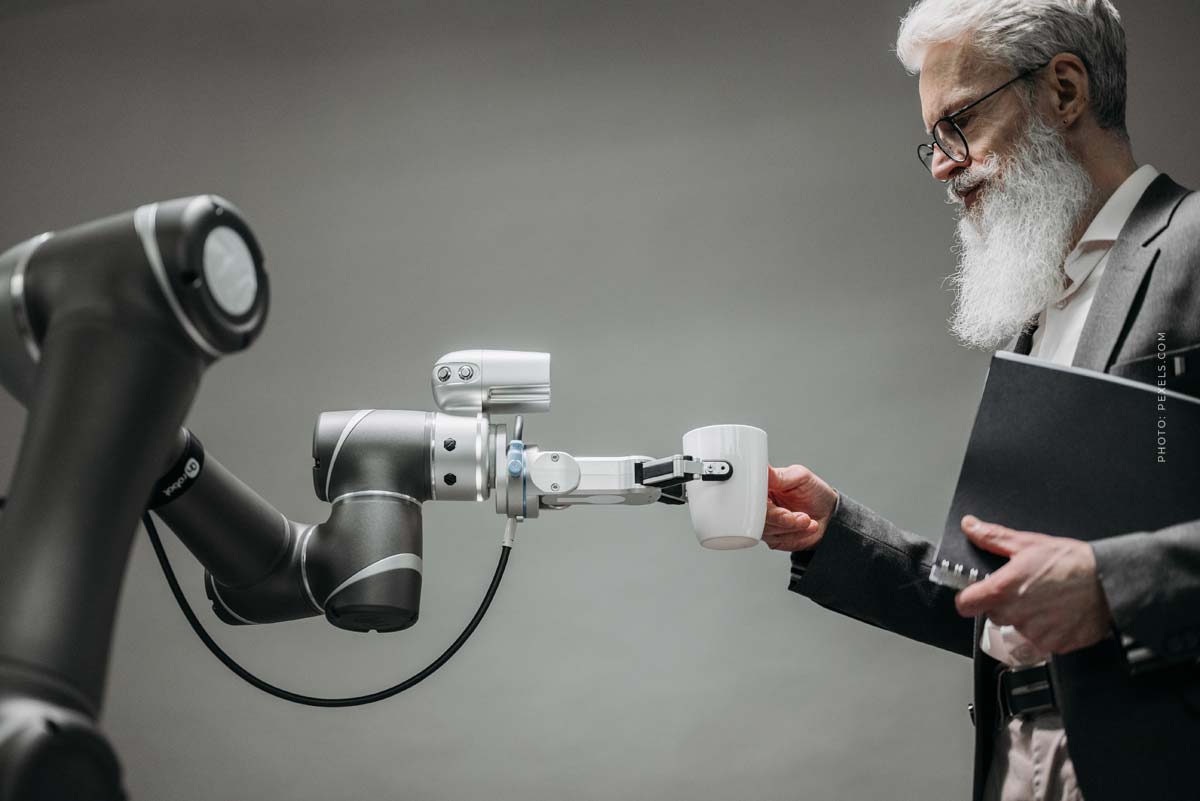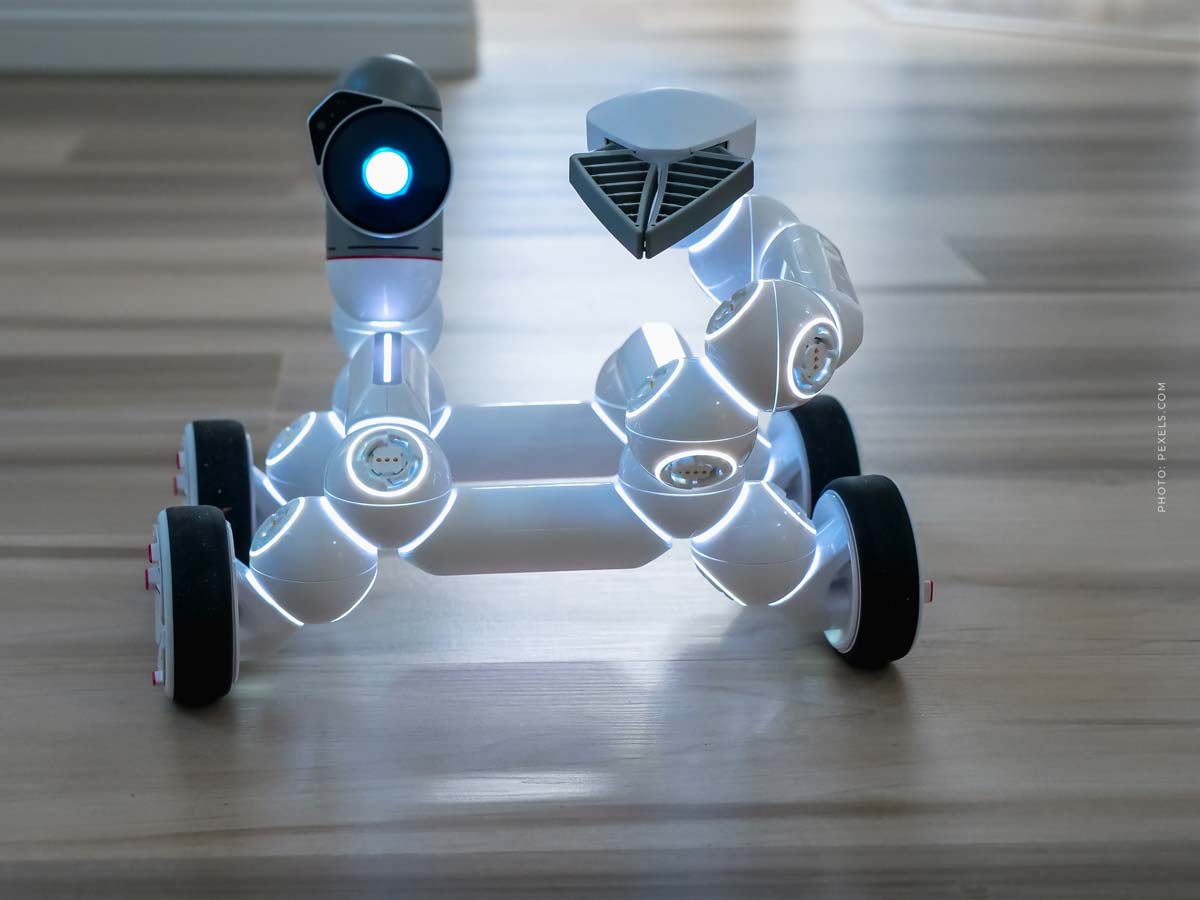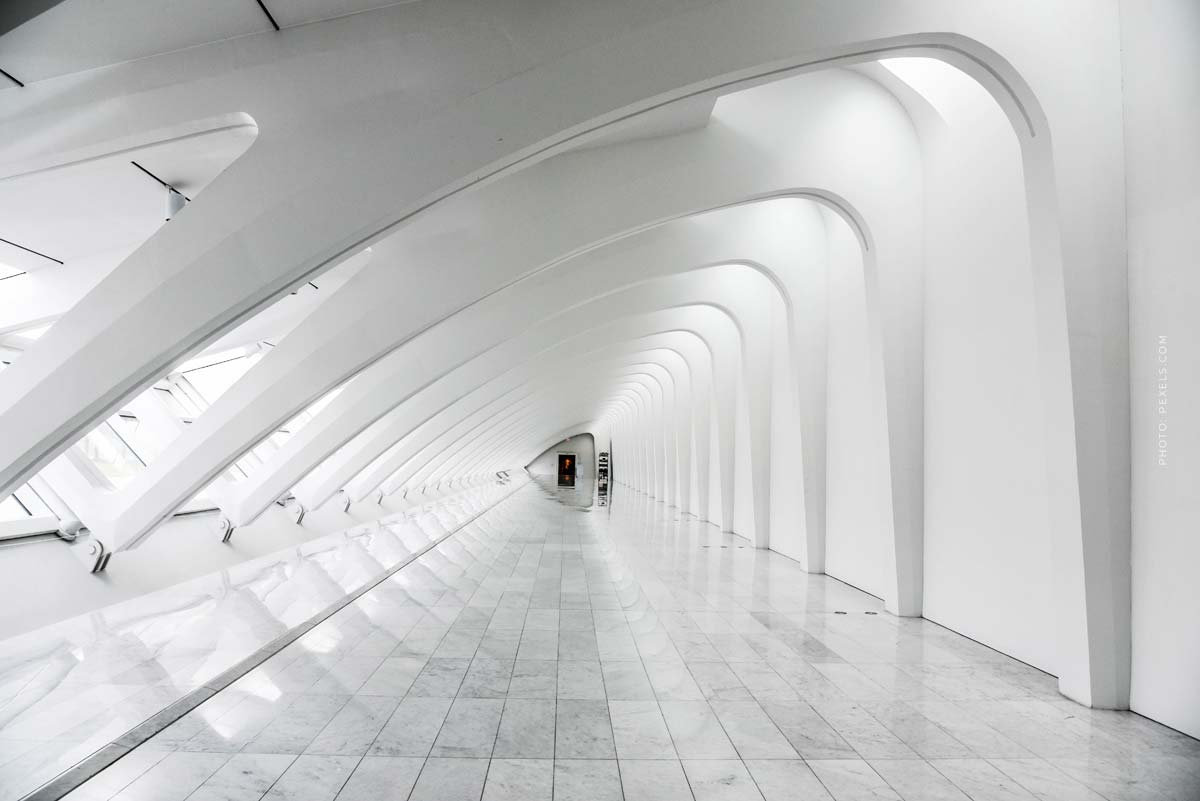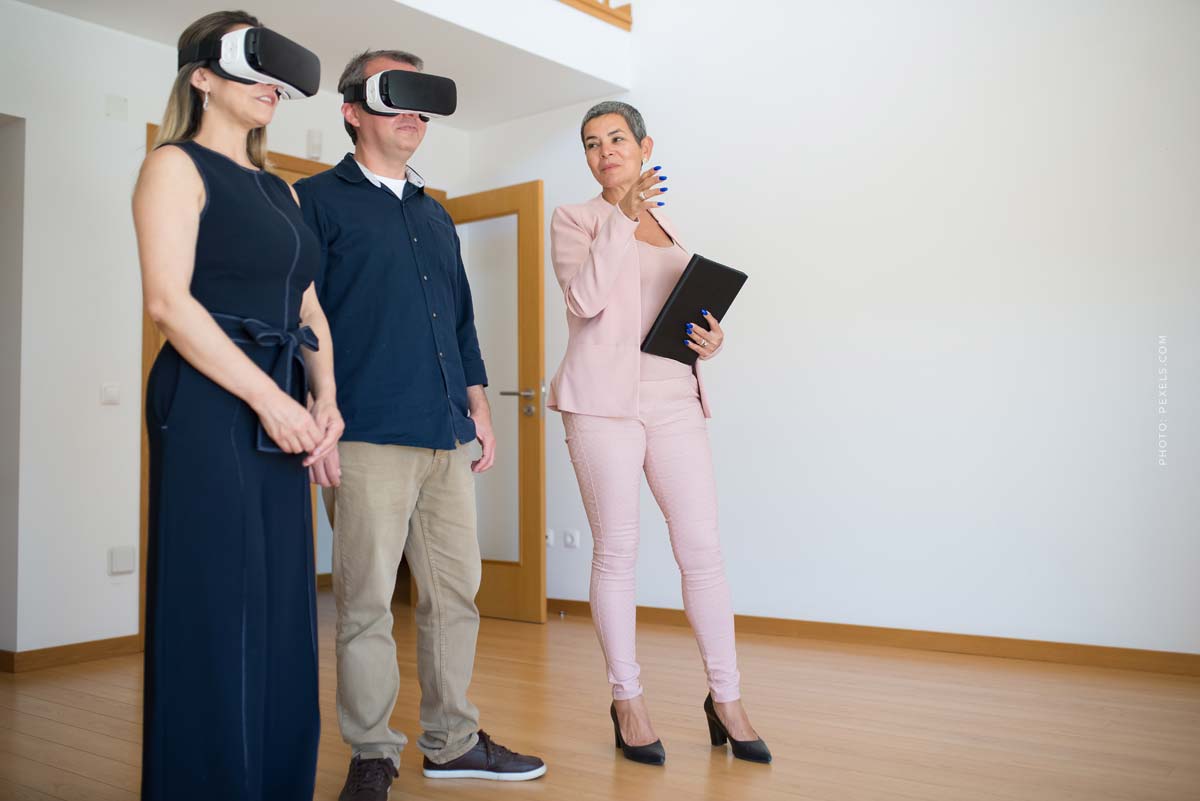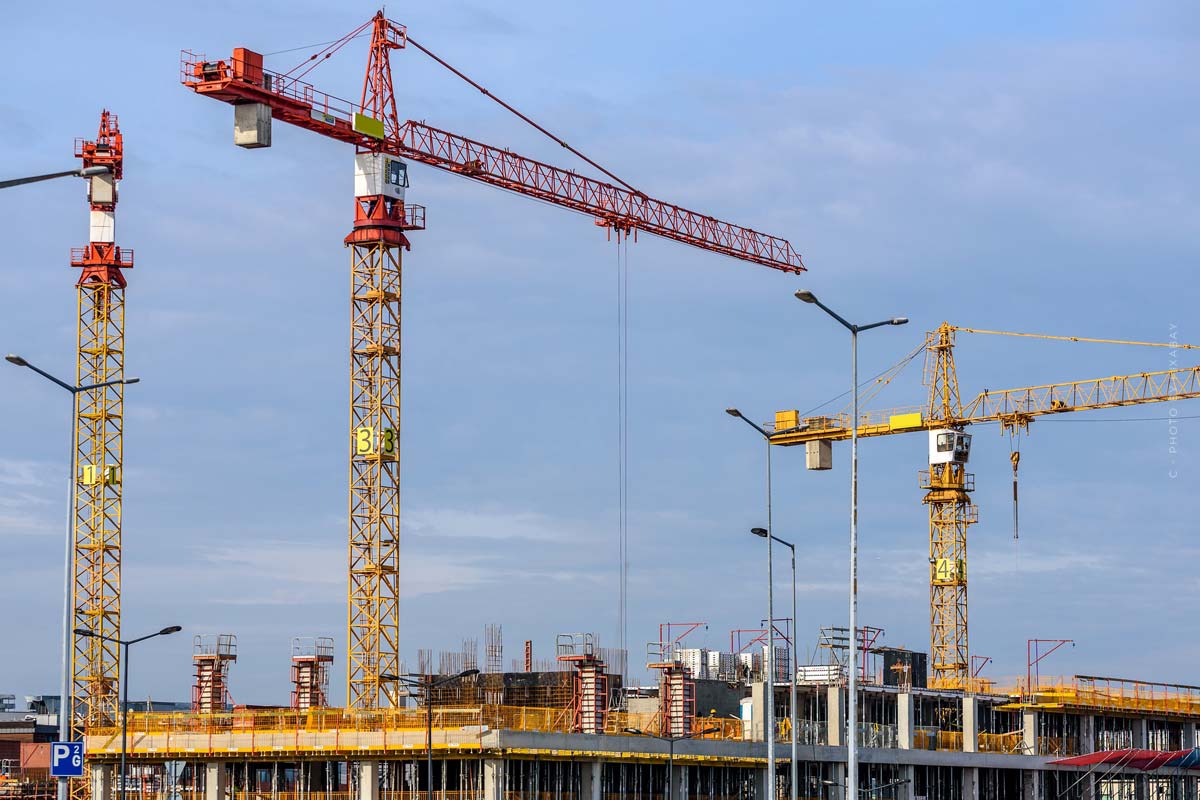4D Visualization – Real Estate & AI (Artificial Intelligence)
4D visualization with AI – 4D visualization is an innovative method of representing construction progress in time in a 3D visualization. By integrating time information into the visualization, construction projects can be displayed and optimized over time.
There are two types of 4D visualizations: timeline visualization and simulation-based visualization. Both methods are useful for monitoring construction progress and discussing changes or adjustments together. In the future, AI can help improve 3D visualization through automation, personalization, simulations, and efficiency improvements, which can make the construction process faster and more efficient.
4D visualization
In the interview Real Estate & AI with Lukinski, we talked about the future with AI. We had a few follow-up questions about the exciting topics and what we can expect in 4, 5 years. Among others, it was about:
4D visualization with AI
4D visualization is a method that makes it possible to show the development of a construction project over time in a 3D visualization. In this process, temporal information is integrated into the visualization so that the construction project is represented over time. This can help to plan, monitor and improve the construction process.
In general, there are two types of 4D visualizations: “Timeline” and “Simulation”.
Timeline visualizations show the development of the project over time in a kind of timeline that represents the different phases of the construction. This method is particularly useful for monitoring the progress of the project and optimizing the schedule.
Simulation-based 4D visualizations
Simulation-based 4D visualizations use simulation to model construction progress over time. This method makes it possible to simulate different scenarios to see how changes in schedule or construction methods can affect the progress of the project. For example, a simulation can show how a delay in the delivery of materials will affect construction progress.
4D visualization can also help with collaboration between different project stakeholders, as it provides a common and easy-to-understand representation of the project. For example, an architect can use 4D visualization to explain the progress of the project to the owner and discuss changes or adjustments together.
Overall, 4D visualization can help streamline the construction process, monitor progress, and improve scheduling, which can lead to faster and more efficient project completion.
Fancy more future?
Real Estate & AI (Artificial Intelligence) – The Interview
Today and the future – How is a villa created and how would it be created if artificial intelligence were in play. This interview with Stephan Czaja of Lukinski provides an overview of the steps involved in planning and visualizing villas and their timeline. Architects usually create 3D visualizations to give their clients a better idea of their design.
Artificial intelligence (AI) can improve the process of 3D visualization in the future through automation, personalization, simulations, increased efficiency and real-time updates. Other possible developments include automation of planning, control of construction machinery by AI, creation of 4D visualizations, and personalized advice through AI-based tools. A look into today and the future with AI!
- Real estate & AI (artificial intelligence) – the interview


